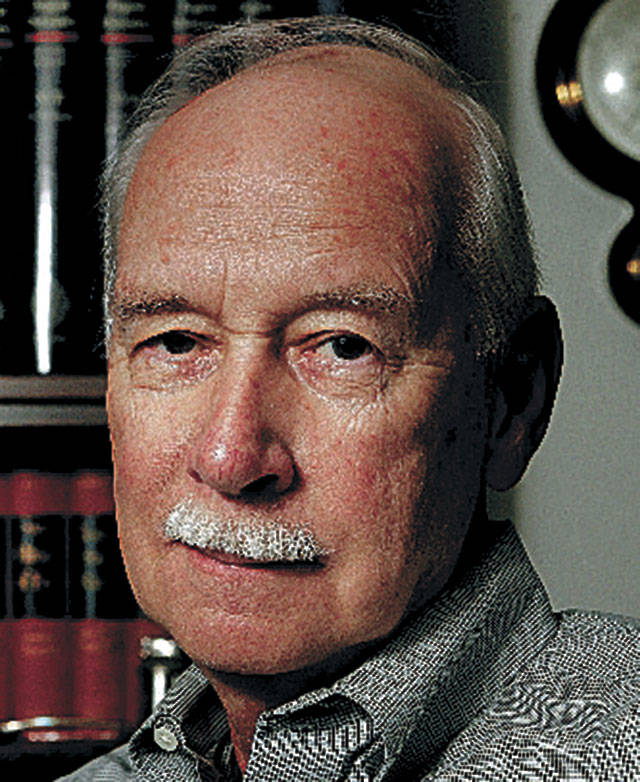An interesting workplace experiment took place in New Zealand this past spring. It was straightforward enough in concept: Employees would work four days a week, but their current pay levels would not change. They would work four days but be paid for five — a full week.
As so often happens when human beings are involved, the experiment was simple but the results are not. In fact, the experiment’s results are raising questions about workplace management practices that have become established dogma.
The results from the Perpetual Guardian firm in New Zealand, where the experiment in work hours originated, indicated that there was no decrease in the amount of work accomplished each week. As there had been a 20 percent reduction in work hours, that meant that productivity had gone up.
Anecdotally, it appears that the experiment boosted morale, which possibly can be causally linked to the productivity increase. Analysts from two New Zealand universities are poring over the data and worker interviews to sort out the results and see what conclusions can be drawn.
The results from New Zealand resemble the outcome of a similar experiment in Sweden. In France, however, a nationwide mandate shortening the work week produced an outpouring of complaints from business owners and little else.
As analysts sift through data, we should bear in mind the “Hawthorne Effect.” Named for the Hawthorne Works Western Electric manufacturing plant where the experiments took place, a team of industrial analysts headed up by Harvard Business School Professor Elton Mayo first changed the lighting in the workplace. Productivity went up, and the analysts figured that the lighting change was the cause.
Later, the team then changed the color of the workplace walls, and productivity went up again. Hmmm. They then began to change other things like lunch break times and workspace cleaning and, sure enough, productivity went up each time they changed something … and declined after the experiment was over.
Elton Mayo eventually figured out what was happening and revealed the real source of the productivity increases: the attention being paid to the workers.
Many modern workplaces are better at producing stress than productivity. They are characterized by constant activity, a boundless appetite for meetings, an incessant noise level from telephone and in-person conversations, and a pronounced tendency toward disarray.
The modern workplace is the product of a systematic effort to substitute cost-cutting for good management. Often, for example, a manager’s performance is measured not by his or her effectiveness but by how much less his or her department cost to operate compared with the previous year.
Elton Mayo, and the Hawthorne experiments, which began in 1924 and ended in 1932, may seem so far in the distant past as to be irrelevant to today’s world.
The workplace management culture then was based on a premise, and attitude, that workers were adjuncts to machines, which would eventually replace them. Substitute computers, Artificial Intelligence (AI), and robots for “machines” and the workplace attitude might seem familiar.
One of the most interesting aspects of the New Zealand experiment was the response of the workers to their new schedule. They enjoyed their day off to be sure, but they also changed their work habits in order to get their tasks done in less time. Two things they did on their own — no management involved — was to shorten meeting times and adopt an agreed-upon signal that an individual needed some uninterrupted time to complete a task. Essentially, in a workplace without doorknobs it was a “do not disturb” sign.
The idea that the workers recognize their productivity problems holds some promise. The New Zealand experiment was prompted, in part, by the company’s CEO reading a report that in today’s offices workers were productively employed for less than three hours a day.
It is difficult to believe that workers are unaware of all the wasted time each day. What is easy to believe, however, is that time-wasting may be a major source of stress because it undermines a worker’s sense of self-worth. Consciously or unconsciously the worker realizes something: “How important can the work be if it only involves a one-third effort? And how important can I be if what I do has no importance?”
What is the real lesson of these workplace experiments? It is that workers are more productive when management understands what they do — and what they don’t do — and cares about it. Management isn’t about cost-cutting; it’s about people. If you get the people side of it right, productivity will take care of the costs.
Talk to us
> Give us your news tips.
> Send us a letter to the editor.
> More Herald contact information.

























